Related Research Articles

Sir Francis Drake was an English explorer and privateer best known for his circumnavigation of the world in a single expedition between 1577 and 1580. This was the first English circumnavigation, and second circumnavigation overall. He is also known for participating in the early English slaving voyages of his cousin, Sir John Hawkins, and John Lovell. Having started as a simple seaman, in 1588 he was part of the fight against the Spanish Armada as a vice-admiral.
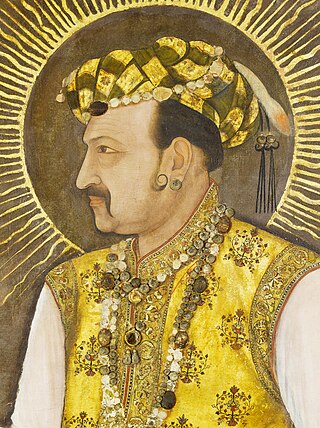
Nur-ud-Din Muhammad Salim, known by his imperial name Jahangir, was the fourth Mughal Emperor, who ruled from 1605 till his death in 1627.

Mirza Shahab-ud-Din Muhammad Khurram, also known as Shah Jahan I, was the fifth Mughal emperor, reigning from 1628 until 1658. During his reign, the Mughals reached the peak of their architectural and cultural achievements.
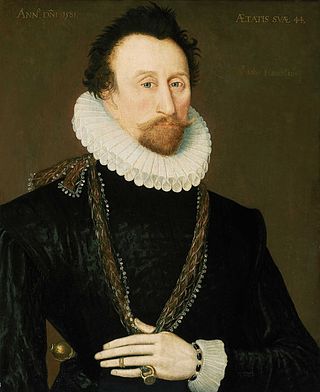
Admiral Sir John Hawkins was an English naval commander, naval administrator, privateer and slave trader.
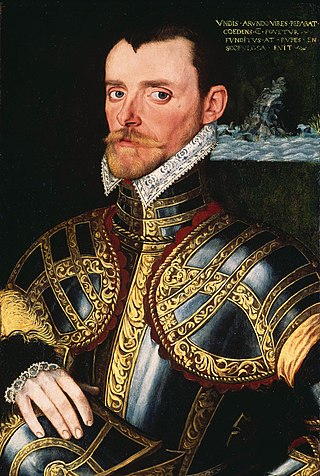
Admiral Sir Richard Hawkins was a 17th-century English seaman, explorer and privateer. He was the son of Admiral Sir John Hawkins.
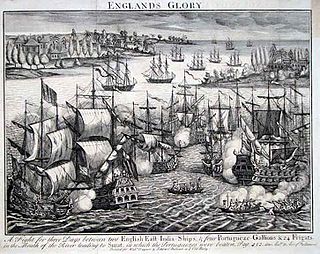
The naval Battle of Swally, also known as Battle of Suvali, took place on 29–30 November 1612 off the coast of Suvali a village near the Surat city and was a victory for four English East India Company galleons over four Portuguese galleons and 26 barks.

Mariam-uz-Zamani, commonly known by the misnomer Jodha Bai, was the chief consort and principal Hindu wife as well as the favourite wife of the third Mughal emperor, Akbar. She was also the longest-serving Hindu empress of the Mughal Empire with a tenure of forty-three years (1562–1605).
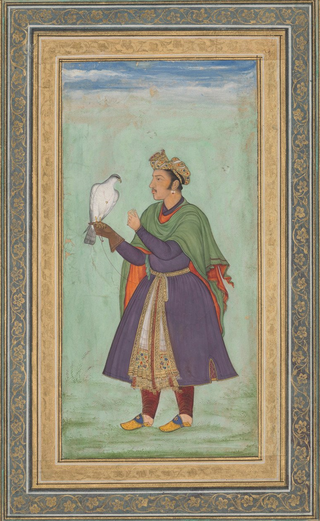
Khusrau Mirza was the eldest son of the Mughal Emperor Jahangir and his first wife, Shah Begum. The young prince displayed exceptional skills and wisdom and had the privilege to be groomed by the Mughal Emperor (Akbar) himself for the throne of the Mughal Empire. He turned out to be the most capable and qualified son of Jahangir but was befallen by an unfortunate destiny. Being Jahangir's eldest son, he was the heir-apparent to his father but Jahangir favoured his son Khurram Mirza as he held an animosity against Khusrau.

Akbar's tomb is the mausoleum of the third and greatest Mughal emperor Akbar. The tomb was built in 1605–1613 by his son, Jahangir and is situated on 119 acres of grounds in Sikandra, a suburb of Agra, Uttar Pradesh, India. The buildings are constructed mainly from a deep red sandstone, enriched with features in white marble.

The Tomb of Mariam-uz-Zamani or Mariam's tomb is the mausoleum of Mariam-uz-Zamani, commonly known as Jodha Bai, the favorite wife of the Mughal Emperor Akbar. The tomb was built by her son Jahangir, in her memory between years 1623–1627 and is located in Sikandra, next to the Akbar's tomb, in the direction of Mathura. She stands as the only wife of Akbar buried closed to him.

Abu'l-Fath Jalal-ud-din Muhammad Akbar, popularly known as Akbar the Great, and also as Akbar I, was the third Mughal emperor, who reigned from 1556 to 1605. Akbar succeeded his father, Humayun, under a regent, Bairam Khan, who helped the young emperor expand and consolidate Mughal domains in the Indian subcontinent. He was considered one of the greatest emperors of India in Indian history.

Manavati Bai, also spelled Manvati Bai,, better known by her title, Jagat Gosain, was the second wife and the empress consort of the fourth Mughal emperor Jahangir and the mother of his successor, Shah Jahan.
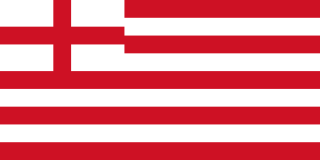
Bantam Presidency was a presidency established by the British East India Company and based at the Company factory at Bantam in Java. Founded in 1617, the Presidency exercised its authority over all the Company factories in India, including the agencies of Madras, Masulipatnam and Surat. The factors at Bantam were instrumental in founding the colony of Madraspatnam in 1639 with the Fort St. George, which later grew into the modern city of Madras. The Presidency of Bantam was twice downgraded, first in 1630 before being restored in 1634 and for the second time in 1653, when owing to the hostility of Dutch traders, the Presidency was shifted to Madras.
Gabriel Towerson, was a captain and agent for the East India Company.
John Jourdain, was a captain in the service of the English East India Company (EIC), and the first president of the EIC Council of India
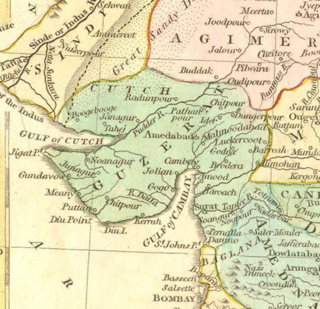
The Gujarat Subah was a province (subah) of the Mughal Empire, encompassing the Gujarat region. The region first fell under Mughal control in 1573, when the Mughal emperor Akbar defeated the Gujarat Sultanate under Muzaffar Shah III.
The Rahīmī was a 16–17th century Indian trade vessel. It is known alternately as the Great Remee,Reheme,Remy,Remee,or Beheme. It was built under the patronage of Empress Mariam-uz-Zamani, chief consort of Emperor Akbar and mother of Emperor Jahangir.
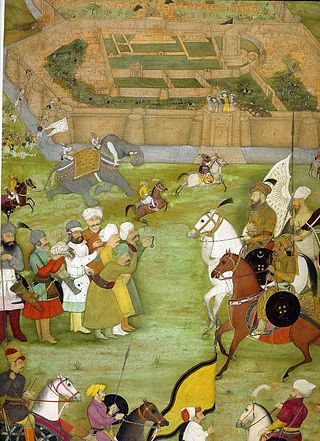
The foreign relations of the Mughal Empire were characterized by competition with the Persian Empire to the west, the Marathas and others to the south, and the British to the east. Steps were taken by successive Mughal rulers to secure the western frontiers of India. The Khyber Pass along the Kabul- Qandahar route was the natural defence for India, and their foreign policy revolved around securing these outposts, as also balancing the rise of powerful empires in the region.
William Hawkins or Hawkyns was an English sea-captain and merchant and the first Englishman to sail to Brazil.
William Hawkins or Hawkyns was an English sea-captain, merchant, and slaver.
References
- ↑ Marshall, P J (1998). Canny, Nicholas (ed.). The Oxford History of the British Empire, Vol 1: The Origins of Empire, British Overseas Enterprise to the Close of the Seventeenth Century . Oxford University Press. p. 272. ISBN 0-19-820562-7.
- ↑ Wilbur, Marguerite Eyer (1945). The East India Company: And the British Empire in the Far East. Stanford University Press. p. 46. ISBN 978-0-8047-2864-5.
- ↑ McJannet, L.; Andrea, Bernadette (2011). Early Modern England and Islamic Worlds. Palgrave Macmillan US. p. 96. ISBN 978-0-230-11982-6.
- ↑ McJannet, L.; Andrea, Bernadette (2011). Early Modern England and Islamic Worlds. Palgrave Macmillan US. pp. 96–98. ISBN 978-0-230-11982-6.
- Attribution
![]() This article incorporates text from a publication now in the public domain : "Hawkins, William (fl.1595)". Dictionary of National Biography . London: Smith, Elder & Co. 1885–1900.
This article incorporates text from a publication now in the public domain : "Hawkins, William (fl.1595)". Dictionary of National Biography . London: Smith, Elder & Co. 1885–1900.